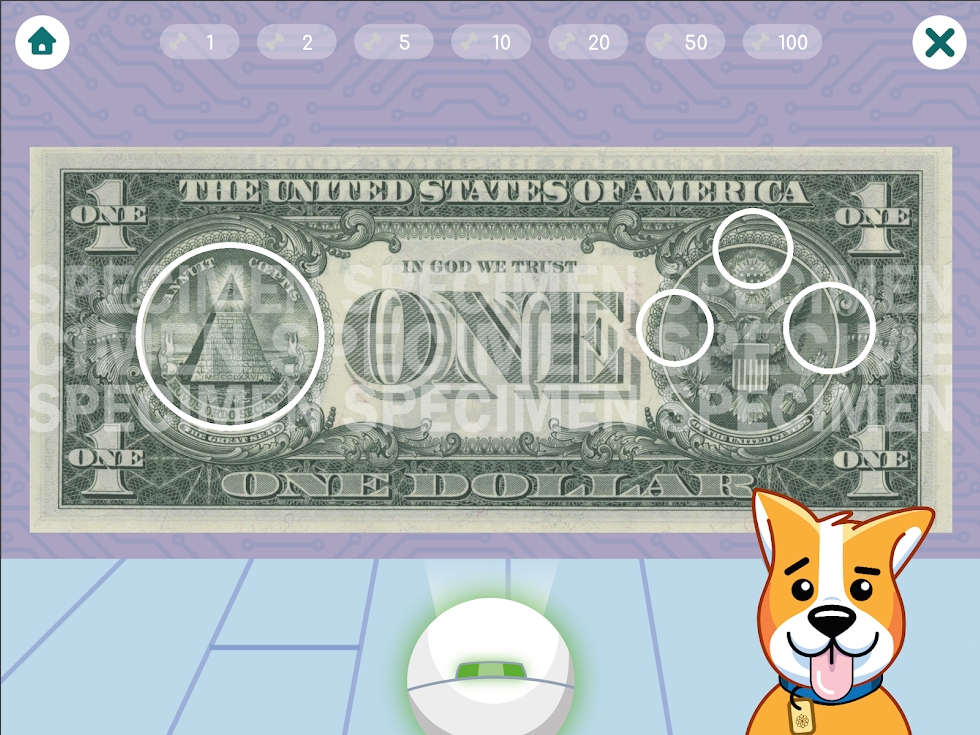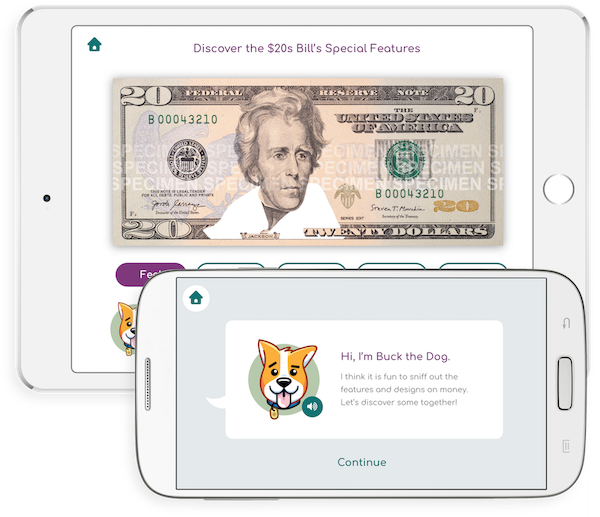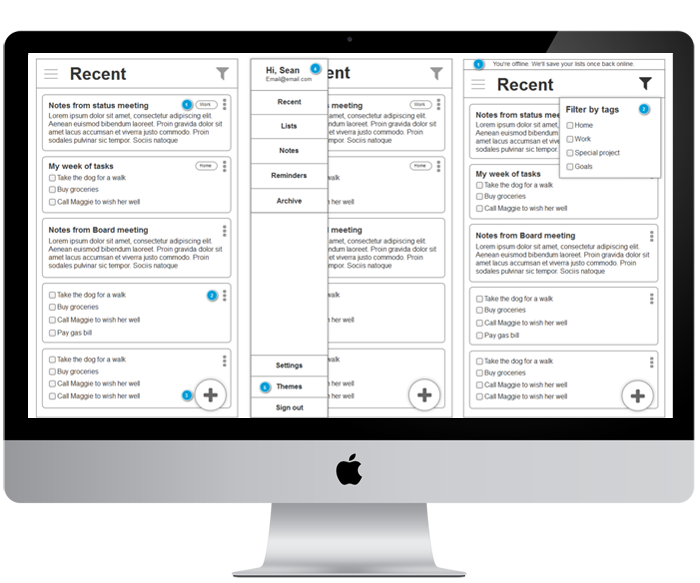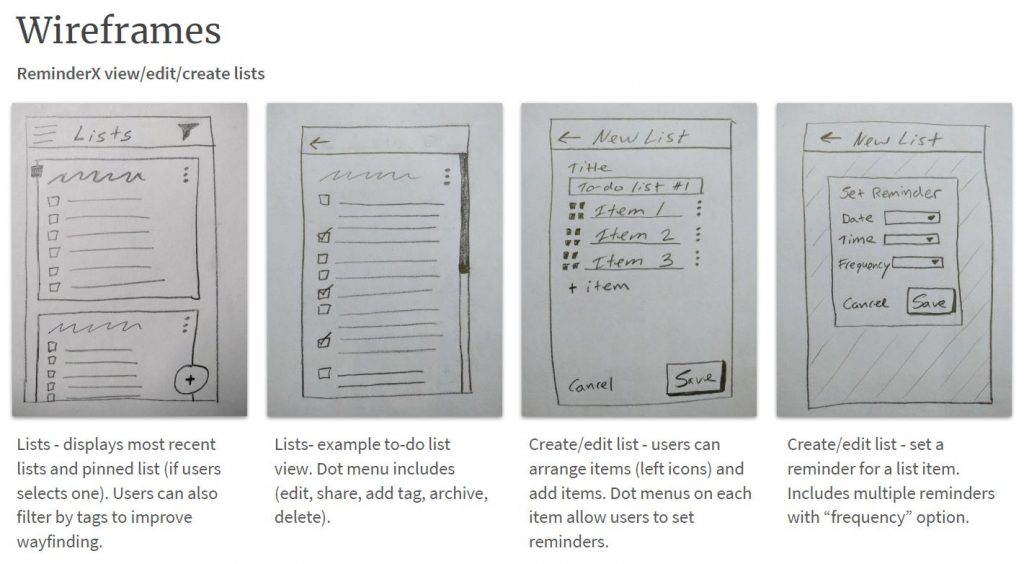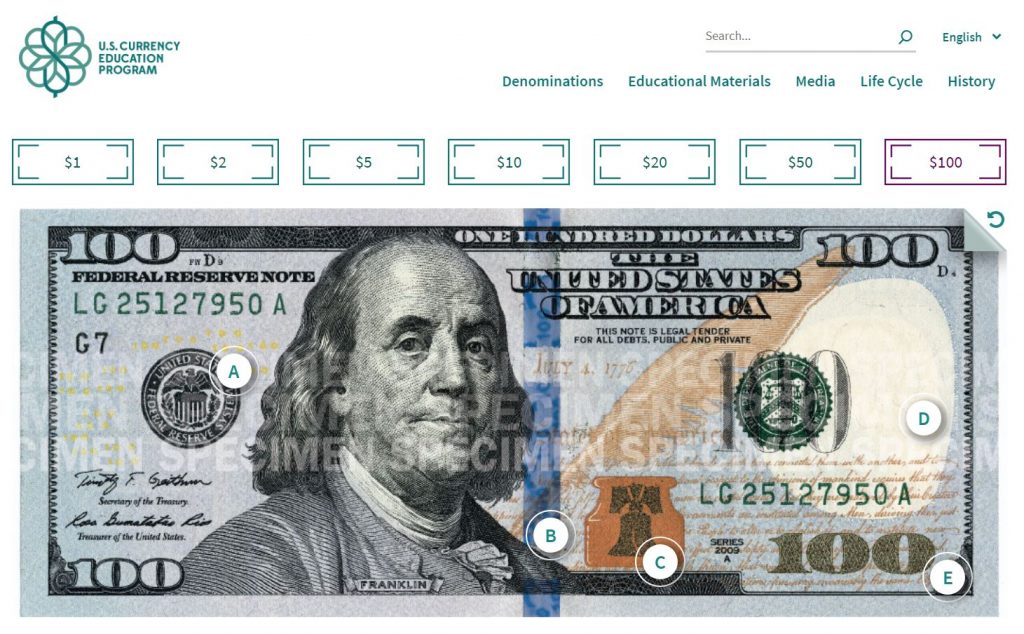One of the hardest parts of UX research is being confident in research planning. You can easily get good at front-line skills like interviewing and prototype testing, but being able to plan for different projects can be hard. No one UX project will be like the other, so don’t expect it to be the same process over and over, as in “we did a survey once so we must do surveys each time.”
Being able to articulate the what and why behind intentional user research will help you communicate to your organization the most efficient ways to get good information from users. It will also help squash the whole “Let’s do a survey!” suggestion from a product owner or developer when you know that won’t help.
Being able to articulate the what and why behind intentional user research will help you communicate to your organization the most efficient ways to get good information from users.
Below are five example scenarios with two UX research activities that could directly apply to the situation. In a real project, you may have to do some stakeholder interviews and learn more about the problem you are trying to solve before making any concrete recommendations concerning research methods.
1. The University of Washington is planning to redesign the U of W library website and wants to ensure that students and faculty can get the best use out of all of the services offered.
Usability testing — Benchmark usability testing is a great way to kick off this project. In order to fully understand how to approach a redesign project, we would first need to understand what are the current limitations and challenges with the site as it is now. This would involve recruiting users, coming up with common tasks to test, and analyzing the results.
Analytics review — a secondary research method is more quantitative in nature, and involves analyzing web traffic on the current site. Analyzing data from web traffic can help answer questions like:
- How are users getting to your site?
- What are users doing on your site?
- How often are users interacting with a particular feature/service?
- How often do users abandon their task before completing it?
An analytics review is a great way to discover a baseline for a site’s user engagement and other key indicators.
2. The photo printing company Shutterfly is looking to understand more about how, when and why people create, print, display, and share their photos … they are interested in directions for evolving their business to increase their customer base and find new potential revenue streams.
Survey — A great way to understand customer attitudes and behaviors is a survey. A well constructed survey can incorporate closed and open questions, and give organizations baseline data for what, how, and when customers do something. As in this case, Shutterfly is interested in the habits of customers creating, printing, and displaying photos. Particular insights from a survey may help to refine additional research questions, or can be used to test an organization’s assumptions about users. The survey results may help the business generate new concepts or ideas for products.
Focus groups — Surveys aren’t the best method for testing “hypothetical” scenarios, as if Shutterfly wants to gauge the interest in a new product idea. Instead, focus groups can be better suited to test new concepts and ideas with users. Selecting this research method would depend on what is learned in a survey. Additionally, it would depend on if Shutterfly wanted feedback on a new idea. For smaller testing of services and features, usability testing may be more appropriate. However, a focus group can be helpful for generating ideas during early product development.
3. Apparel company J.Crew is growing their ‘omnichannel’ retail functionality to better support consumers’ changing shopping expectations. Now they are trying to prioritize between two particular service features: Buy online, pick up in store — the credit card is charged at the time of online order OR hold online, pick up in store — the credit card is charged in the store when the customer picks up the item.
Focus group — Since J.Crew is considering two options, a focus group with representative customers may prove the most valuable in helping to decide which concept to go with. Focus groups, while they require a highly skilled moderator, are helpful to have an organized discussion about how customers might use a product or service. Customers in the focus group may also be able to speak to other companies and their experiences with online ordering and in-person pickup.
Literature review — J.Crew isn’t the first company to offer some sort of online shopping/store pickup experience. Likely, there is research on this buying habit and a literature review may be helpful to gain particular insights that would help J.Crew to make a decision. In a literature review, a researcher would search and identify previous academic or industry research conducted within the context of the business scenario.
*While research methods may be helpful to pick between two options for online ordering, implementing a solution requires special attention, as simple things like a poorly designed ordering/payment service could cause user frustration and abandonment. Low-fidentify, formative usability testing is essential in the actual design and implementation of either decision.
4. The New York City subway system is going to overhaul their payment and ticket system for greater efficiency and customer satisfaction. They are looking for a recommendation on what the revised experience should be.
Field studies — In discovering how customers currently interact and use payment systems within the subway system, a field study would be helpful for researchers and designers working for this project. In a field study, you can observe customers in their natural setting, and with consent, ask questions about payment systems. A field study isn’t a means to test new ideas, but rather gain insights into customer behaviors and attitudes, environment settings, and particular pain points in the payment systems/services.
Low-fidelity prototype testing — Simple low-fidelity wireframes or even sketches can be tested with users. This would be helpful during the ideation stage of the project, where we could test new concepts for both the payment system and service offered. This is a low cost method of testing early ideas in a project, and can be done after initial foundational research is conducted through field studies, observations and interviews.
5. Grocery delivery service Instacart is trying to expand, but they aren’t getting either the account signups they expected or the number of orders from those signups needed to support their business costs. Instacart wants to know why they aren’t getting more customers and orders.
Usability testing — It’s unclear if the issues with customer signups is due to usability issues with the site, so I’d recommend testing the current site to see how well it performs with users attempting common tasks. If there are usability issues, these can be addressed and analyzed to see if it improves signups and orders. If the site is performs well during usability testing, there may be larger user experience issues that would require more intensive, exploratory research like user interviews.
Analytics review — Looking at the website traffic and metrics will help to identify what pages users are leaving the site from. It could also be helpful to understand how users are coming to the site, which could identify how well any promotional or marketing campaigns are working.
